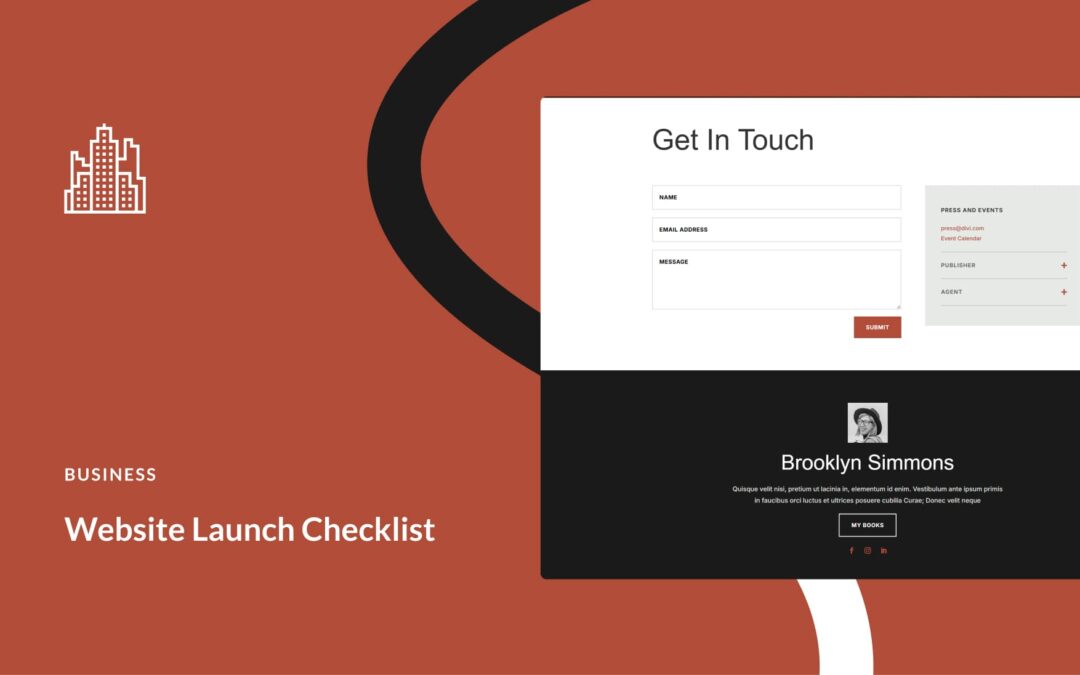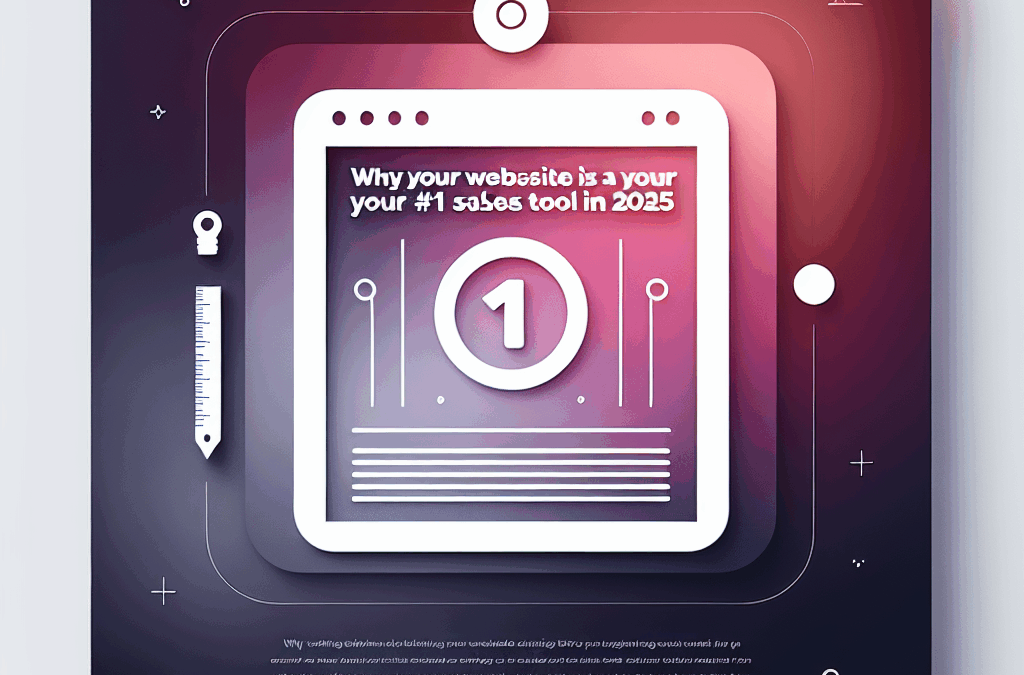What is the Difference Between Search Engine Optimization and Paid Ads?
In the digital marketing world, businesses are constantly weighing the benefits of Search Engine Optimization (SEO) versus Paid Advertising. Both are powerful tools to drive traffic, increase visibility, and convert leads into customers. However, they operate in fundamentally different ways. SEO is the process of optimizing your website to appear higher in organic search results, while Paid Ads are advertisements you pay for, often appearing above or beside organic search results. Understanding the key differences between SEO and Paid Ads is crucial for creating an effective marketing strategy that meets your business goals.
Understanding Search Engine Optimization (SEO)
Search Engine Optimization, commonly known as SEO, refers to the process of improving a website’s visibility on search engine results pages (SERPs) through organic (non-paid) tactics. This is achieved by optimizing various elements of your site, such as the quality of your content, the structure of your web pages, and the number of backlinks you receive from reputable sources.
How SEO Works for Organic Search Rankings
SEO focuses on increasing your site’s visibility by improving its ranking in search engine results. To do this, you need to align your content with what users are searching for and ensure your website is structured in a way that search engines like Google can easily crawl and index. Google uses a variety of ranking factors such as keywords, site speed, mobile-friendliness, and backlinks to determine where your website ranks.
Benefits of Investing in SEO for Long-Term Growth
One of the most significant advantages of SEO is its long-term potential. Unlike Paid Ads, which stop driving traffic once your budget runs out, SEO can continue to bring visitors to your website for months, or even years, after you’ve optimized it. Businesses that invest in SEO often see sustainable traffic growth over time, making it a cost-effective solution for long-term marketing strategies. Additionally, SEO helps build trust with users, as organic results are often seen as more credible compared to paid advertisements.
Exploring Paid Ads in Digital Marketing
Paid Ads, or Pay-Per-Click (PPC) advertising, involves paying for ad placements on search engines, social media platforms, or other websites. With Paid Ads, you can place your business in front of potential customers almost instantly, but you pay a fee each time someone clicks on your ad.
Types of Paid Advertising (PPC, Display Ads, Social Media Ads)
There are several types of paid advertising, each with its own advantages:
- PPC (Pay-Per-Click) ads on platforms like Google Ads target specific keywords and appear at the top of search results.
- Display Ads are image-based ads that appear on third-party websites, often used for retargeting visitors who have already shown interest in your product or service.
- Social Media Ads leverage platforms like Facebook, Instagram, and LinkedIn to reach targeted audiences based on demographics, interests, and behaviors.
The Immediate Impact of Paid Advertising
One of the most appealing aspects of Paid Ads is the immediate traffic they can generate. You don’t have to wait for your site to rise in the ranks like you do with SEO; as soon as your ad goes live, it can start driving traffic. This makes Paid Ads an excellent option for businesses looking to generate leads quickly, such as during a product launch or promotional event.
SEO vs. Paid Ads: A Detailed Comparison
Cost Considerations: SEO vs. Paid Ads
SEO is often seen as a more cost-effective solution in the long run. While there are upfront costs for optimizing your website and creating content, once these elements are in place, ongoing maintenance is minimal. Paid Ads, on the other hand, require a continuous investment. As soon as you stop paying for your ads, they disappear from search results, and traffic will cease.
Timing and Speed: How Long Before Results Show?
SEO is a long-term strategy. It can take months to see noticeable results, especially for new websites or highly competitive industries. Paid Ads deliver immediate visibility, making them ideal for short-term campaigns or businesses that need fast results.
Sustainability and Long-Term Impact
If you’re looking for a marketing strategy that continues to pay off over time, SEO is the better choice. Once you rank for certain keywords, you can maintain that position with relatively low ongoing effort. However, Paid Ads are more of a short-term solution. You get results quickly, but they disappear when the ad budget runs out.
Control and Flexibility: SEO or Paid Ads?
With Paid Ads, you have complete control over your campaigns. You can target specific keywords, adjust your budget, and track immediate results. SEO, on the other hand, involves more external factors, such as algorithm updates and changes in user behavior, which may impact your ranking and require ongoing adjustments.
When Should You Choose SEO?
Ideal Scenarios for SEO
- When you want to build long-term organic traffic.
- When your business has a limited advertising budget but can invest in content and website improvements.
- When building trust and authority is important in your industry.
Industry Niches that Benefit from SEO
Businesses in industries such as e-commerce, B2B services, and content-heavy niches like blogs or news websites often benefit from SEO due to their need for sustained organic traffic over time.
When Are Paid Ads the Best Choice?
Short-Term Campaigns and Seasonal Sales
Paid Ads are perfect for short-term marketing goals such as product launches, seasonal promotions, or limited-time offers. They allow you to get in front of your audience quickly and generate immediate results.
High-Competition Markets and Product Launches
If you’re entering a highly competitive market or launching a new product, Paid Ads can give you a competitive edge by positioning your brand at the top of search results, even if your website is new and hasn’t built up SEO authority yet.
How to Integrate SEO and Paid Ads for Maximum Effect
Combining SEO and Paid Ads can create a powerful marketing strategy. For example, while your SEO efforts are still ramping up, you can use Paid Ads to drive traffic immediately. As your SEO starts delivering results, you can scale back on your ad spend.
The Synergy Between Organic and Paid Strategies
By using both methods, you can dominate search results, appearing in both the organic and paid sections of the SERP. This increases brand visibility and reinforces your messaging to potential customers.
FAQs on the Difference Between Search Engine Optimization and Paid Ads
What is more cost-effective, SEO or Paid Ads?
SEO tends to be more cost-effective in the long run because it delivers ongoing results with minimal ongoing costs, unlike Paid Ads which require continuous investment.
Which method delivers faster results?
Paid Ads deliver faster results since they drive traffic immediately after launching a campaign, whereas SEO takes time to build up and show returns.
Can I do SEO and Paid Ads together?
Yes, combining SEO and Paid Ads can maximize your visibility and results. While SEO builds long-term traffic, Paid Ads provide an immediate boost.
Do Paid Ads impact SEO rankings?
No, Paid Ads do not directly affect your organic SEO rankings. However, they can drive traffic that may lead to indirect benefits like increased engagement or backlink opportunities.
Why is SEO considered more trustworthy?
Users often









